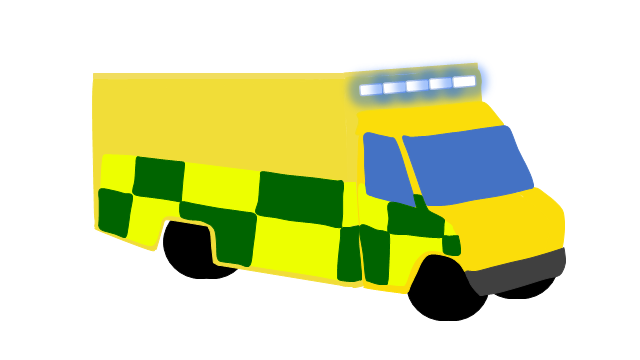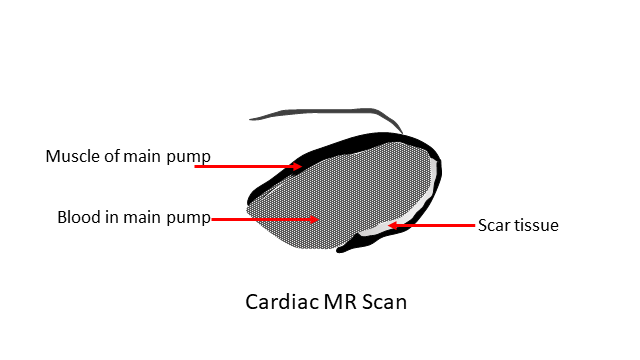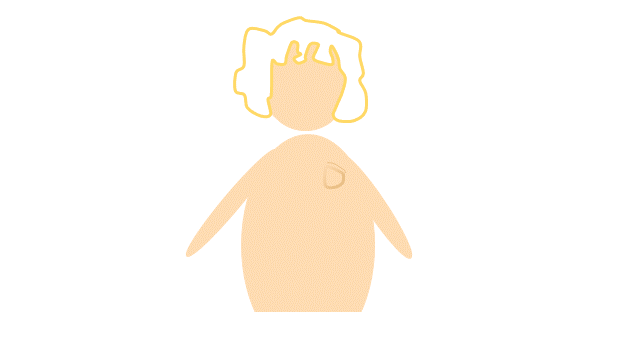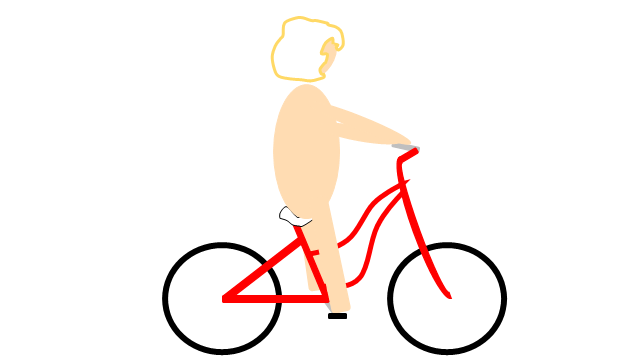Heart Attack
It is recommended that the page on angina be read first. This is because angina is a symptom of heart attacks.
A heart attack occurs when the blood supply to the heart is reduced too much. In approximately 50% of cases, patients have never had symptoms before. In the remainder, patients have had angina before and often, there has been a recent deterioration in symptoms (see unstable angina and ALARM study).
An important question is how can people tell that they are having a heart attack?
For patients who are known to have angina, it is easier for them to identify a heart attack because the symptoms will be like their usual angina except that it is usually more severe and it usually lasts longer than 15 minutes. (However, in those who have had coronary bypass surgery or who are diabetic, the character of angina may change over time and the symptoms of a heart attack may be different from previous angina).
For people who have never had angina before, it is harder to identify a heart attack. Nevertheless, chest pain is common and symptoms tend to be severe and tend to last longer than 15 minutes.
If someone thinks they are having a heart attack, they should seek immediate advice by calling 999.

ST Elevation Myocardial Infarction
When an ambulance crew sees someone with a suspected heart attack, they will do an ECG. If this shows a feature known as “ST elevation”, the patient will be taken to the nearest hospital that can provide immediate angioplasty and coronary stenting. It is important that blocked arteries are opened up quickly. Sometimes, coronary bypass surgery or just medication is required rather than angioplasty.

NSTEMI
In fact, most heart attacks do not have “ST elevation”. When heart muscle dies, a protein known as troponin is released into the blood. There are highly sensitive blood tests that can detect troponin so that even very small heart attacks can be diagnosed. Although immediate angioplasty is not usually required for patients with Non ST elevation Myocardial Infarction (NSTEMI), cardiac catheterisation and any necessary treatment is often done before discharge from hospital.

MINOCA
Although most heart attacks are due to blocked coronary arteries, some patients have normal arteries. The term MINOCA (myocardial infarction with non-obstructive coronary arteries) has been used to describe these and investigations can be done to look for confirmatory evidence and to look for alternative diagnoses.
Cardiac MR scans are useful because they can identify the scar tissue associated with heart attacks and they can also identify other heart muscle problems.

Takotsubo Cardiomyopathy
As an example, Takotsubo cardiomyopathy is a type of heart attack where the coronary arteries are normal. Takotsubo is the Japanese name for an octopus pot and the shape of an affected heart is said to have a similar appearance. Takotsubo is sometimes known as “broken heart” syndrome because it is caused by emotional stress such as that associated with breaking up with a partner, death of someone close or doing a sky dive for the first time. Fortunately, heart function usually recovers fully.

Complications
Unfortunately, some patients will develop complications after a heart attack. These include heart failure and abnormal heart rhythms (arrhythmias). These patients may need additional treatments such as a biventricular pacemaker to improve the function of the heart or an implantable cardioverter defibrillator to protect against life threatening arrhythmias.

Secondary Prevention and Cardiac Rehabilitation
Following a heart attack, one aim is to prevent further heart attacks and death. This is known as secondary prevention. The role of treatments such as statins, aspirin and risk factor control are described in the angina page. In addition to aspirin, a second blood thinner is usually prescribed. This may be clopidogrel, ticagrelor or prasugrel and the prescription is usually for 12 months.
Cardiac rehabilitation is important too. These are programs of education and graded exercise.

Normal Life
The purpose of treatment following a heart attack is to try and return patients to a life that is as normal as possible. There may be medical or regulatory reasons why a patient cannot drive, travel by plane, resume work or have sex but often, these restrictions are not permanent.
In summary, a heart attack is a medical emergency and anyone who thinks they are having a heart attack should call 999. Timely treatment can prevent death and complications. The aim of treatment is to return patients to a normal life.